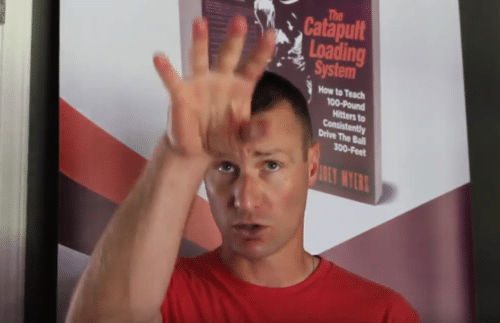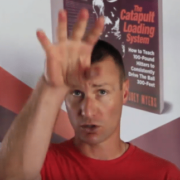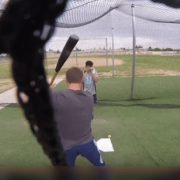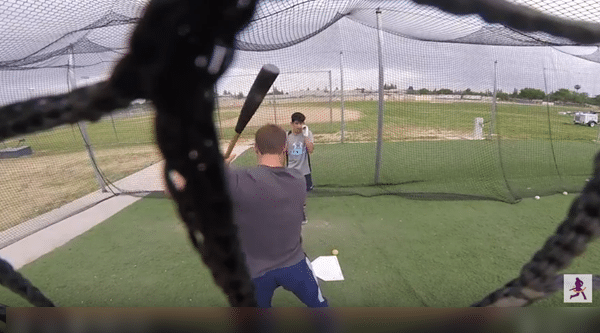If You Don’t Switch To Small Private Group Hitting Sessions Now, You’ll Hate Yourself Later
Learn how to build more effective hitting groups, make more money, charge clients less, and have more time with your family. In this post, I’ll be addressing the following reader question…
“How do you have hitting drills in a small time window?” (Good for teams or individual instructors)
Here’s what we’ll be talking about in this video:
- Theory of Constraints (what’s most important?),
- Small Private Group Structure, and
- Pro’s and Con’s
Theory of Constraints (what’s most important?)
- My story: a MUST change to small private group sessions (2-6 hitters)
- Supply & Demand: I didn’t want to raise prices per hitter (the fitness “boot camp” model)
- What’s important to you? Certainty, Uncertainty, Significance, Connection, Contribution, Growth
75-min Small Private Group Structure
- Dynamic Warmup (10 to 15-mins)
- Beginning Ball Exit Speeds, swing recording & analysis (10-15 mins) – I use a PocketRadar
- Stations (40-mins):
- 1) Mechanical work off tee, soft toss, LIVE (with me),
- 2) Over-Under load training (switching stations is based off this one),
- 3) LIVE whiffle ball – slow pitching, hunting zones, controlling verticals, controlling horizontals
- Ending Ball Exit Speeds & Review Questions (5-mins)
Pros and Cons to Small Private Group Hitting
- Pros:
- Help more hitters in small amount of time
- More money in pocket of instructor, customer pays less for overall time
- Each hitter gets their specific mechanical things to work on
- Breeds a naturally competitive environment
- Older players mentor, younger become mentees (their standard gets raised)
- Learn teamwork, leadership, taking and receiving feedback, etc.
- Cons
- Can be hard for hitters used to individual lessons
- Lose one-on-one touch with instructor
- Not as much time to chit-chat (some players love to do this!)
Here’s what we talked about in this video:
- Theory of Constraints (what’s most important?),
- Small Private Group Structure, and
- Pro’s and Con’s
This model isn’t perfect, so I would love to hear your advice on what’s worked for those who are already doing this (and what doesn’t), and welcome any questions or comments below the “Reply” section… (thanks in advance!!!)




